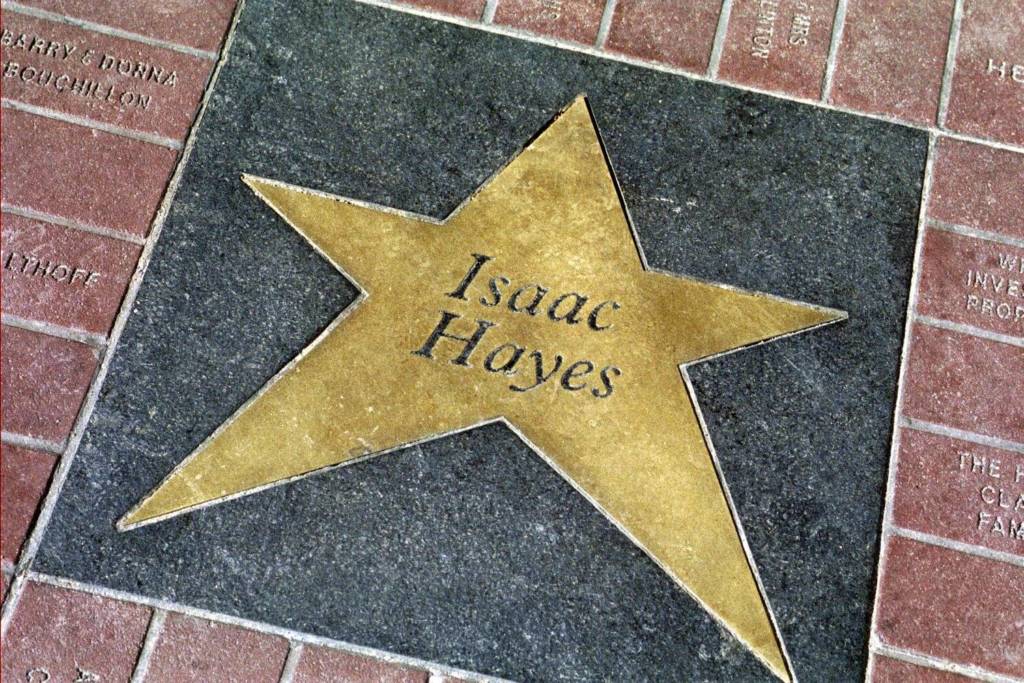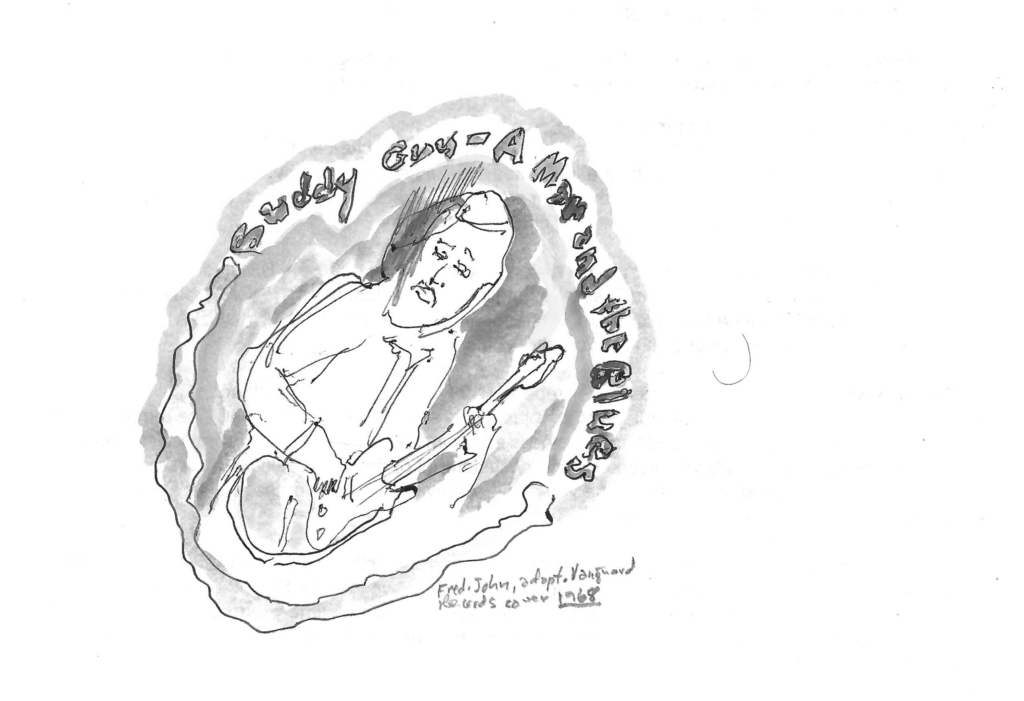I recently acquired a CD that I hadn’t heard in more than a couple of decades. It took me back to a time when I first heard it on the radio and purchased it as soon as possible.
At that time, I was a student at McKinley Senior High School. The album was released in ‘69, but I first heard it a couple of years later during an 11th-grade class trip to Hershey Park, Pennsylvania.
I recall sitting in the center of the back seat of the bus — the perfect position to hear the stereo effect of this new musical composition that combined an orchestra with an R&B/soul/rock band. It was May 1971 and this type of innovation was unprecedented.
I don’t have the literary skill to describe the ebb and tide of the musical experience that I had when my Dad and I listened to it for the first time on the stereo. But here is my attempt to interpret the sound effects that brought us so much joy at that time.
The album I speak of is Isaac Hayes, “Hot Buttered Soul.” There are only four songs on the LP and my dad came walking down the stairs to the basement when he heard the dynamics at the end of the first song.
“What are you listening to son?” he asked.
I told him and he sat down to hear the second song, “Hyperbolicsyllabicsesquedalymistic.” This one features The Bar-Kays as the band, harmonic female background singers, Isaac Hayes on the piano and an ever-present bass guitar groove.
The last lyrics of the song say “Let me stop procrastinatin’ / Standin’ hear, and narratin’ / Find my emancipator, she’s a love educator” and then goes on to mention some anatomical parts of the brain before a rhythmic groove begins. The piano and lead guitar have stereophonic interludes with the piano on one speaker and the guitar on the other, culminating with a pulsating crescendo!
The second song that my dad heard, “One Woman,” is soulful with a message. Then the final song on the LP has the full orchestra, the band, the background singers and Hayes playing the heck out of a Hammond B3 organ as he interacts with the lead guitar coming out of the other speaker. The sound of the organ shifts from side to side until the band finishes the song.
Finally, my dad experienced the dynamics of the first cut on the LP, “Walk On Bye,” the faint sound of which brought him downstairs to begin with.
“How much did you pay for this album?” Dad asked me.
“Four dollars and thirty-five cents,” I told him.
He knew that he had given me five dollars for my weekly allowance, which was adequate for the early ’70s. Yet he gave me another $5 on the spot. I’ve always thought that he enjoyed the album more than me because he had a true understanding of the lyrics.
To this day, I will never forget seeing Isaac Hayes live at Constitution Hall in the mid ’70s. What a show!conrad





